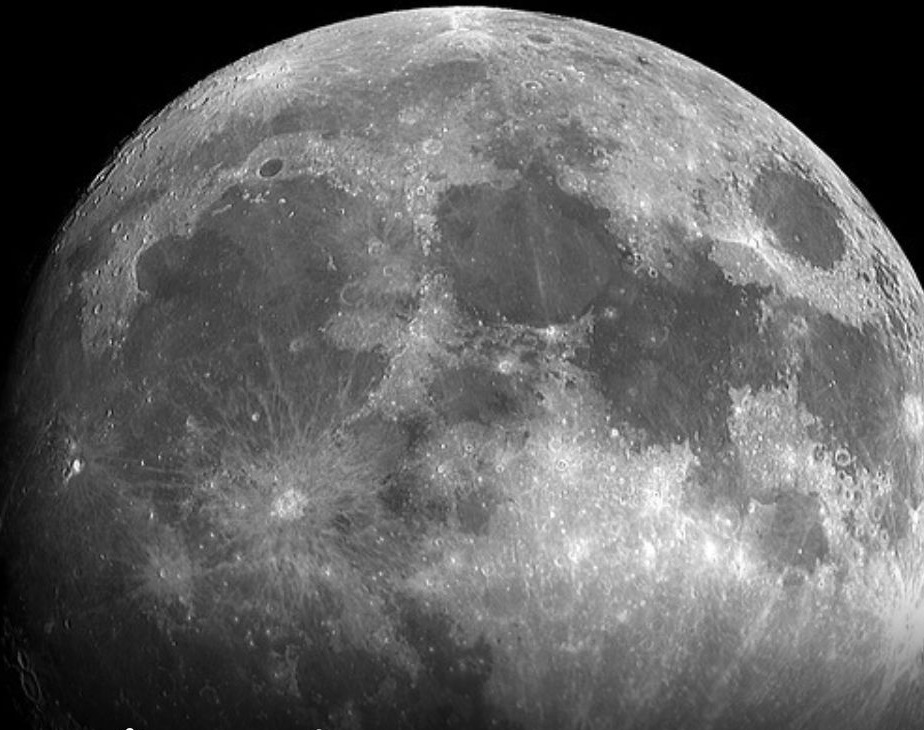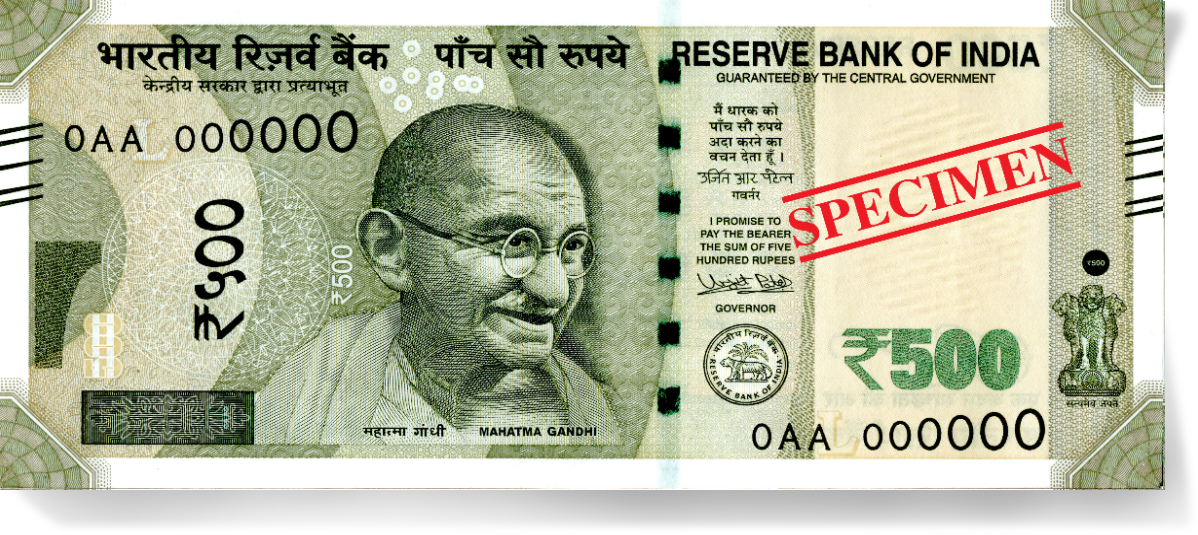ISRO's Chandrayaan-1 mission was India's first step in the direction of sending a lunar probe for experiments.
After a deep observation on Chandrayaan-1 Mission,
Scientists have found that the existence of water on the moon may be due to high-energy electrons from Earth.
This is based on information obtained through remote sensing from India's Chandrayaan-1 lunar mission.
The study is led by researchers from the University of Hawaii at Manoa in the United States.
According to the researchers, electrons in Earth's plasma sheet play a role in the weathering process.
These electrons are breaking down or dissolving rocks and minerals on the lunar surface. The study was published in the journal Nature Astronomy.
Scientists say it is difficult to determine the formation process of water on the moon based on its density.
Naturally, it is also difficult to say whether there is a source of water needed for human habitation in the future.
They say that the new study can help explain the source of water ice.
Chandrayaan-1 played a major role in the discovery of water molecules on the moon.
This mission in 2008 was India's first step in the direction of sending a lunar probe for experiments.
According to the information sent by the Chandrayaan-1 probe, the research team also observed a change in the weather pattern on the lunar surface when it crossed Earth's magnetic field.
This surface is a part that protects the moon from the solar wind, but not from the photons of sunlight.
Assistant Professor Shuai Li of the Manoa School of Oceanography at the University of Hawaii said, "When the moon is outside the magnetic field, the solar wind is exploding on the lunar surface. And there are no solar wind protons in the magnetic field, and even the possibility of water production becomes zero. However, based on remote sensing data, we are surprised to see that water production within Earth's magnetic field is much like when the moon is outside Earth's magnetic field."
The study says that this indication is found in experiments with the lunar poles of the jungle, that our earth is closely connected with the moon in various undiscovered features.
Incidentally, India's space research organization ISRO started the journey of Chandrayaan-1 in 2008. It ran until August 2009.
Recently, India successfully launched Chandrayaan-3. That vehicle with rover and lander landed in the mysterious south pole of the moon last month. India has achieved this success as the maiden country in the world.


























